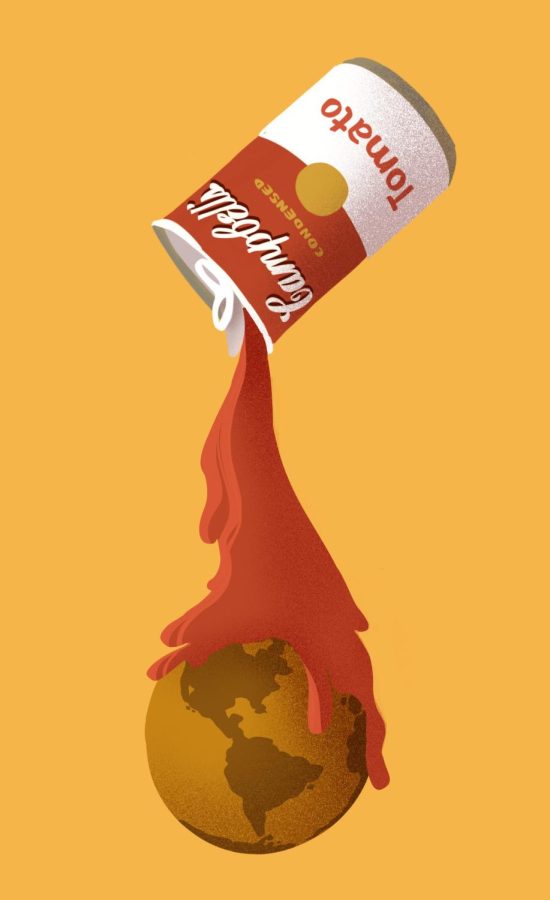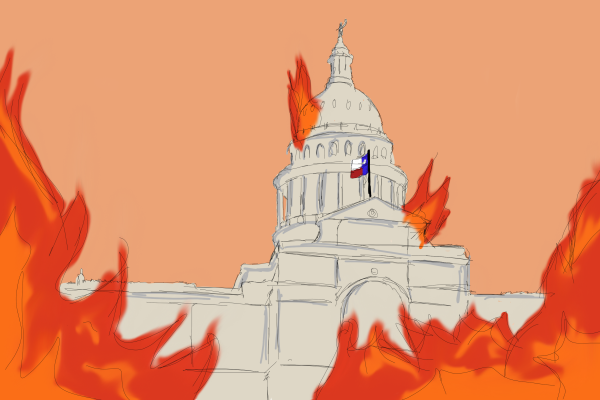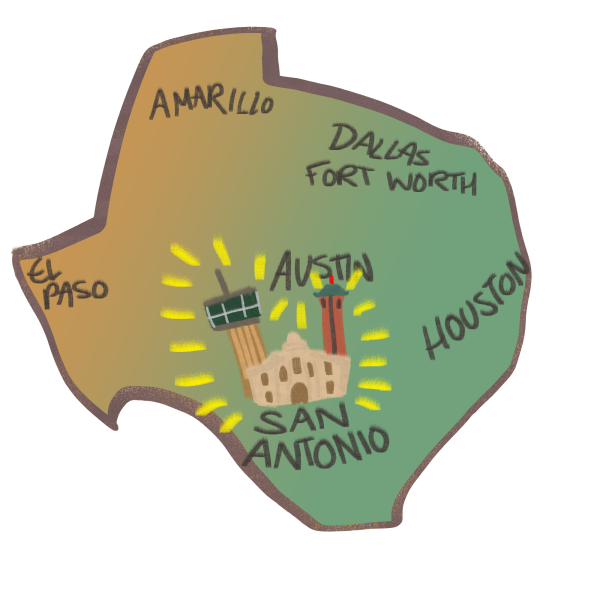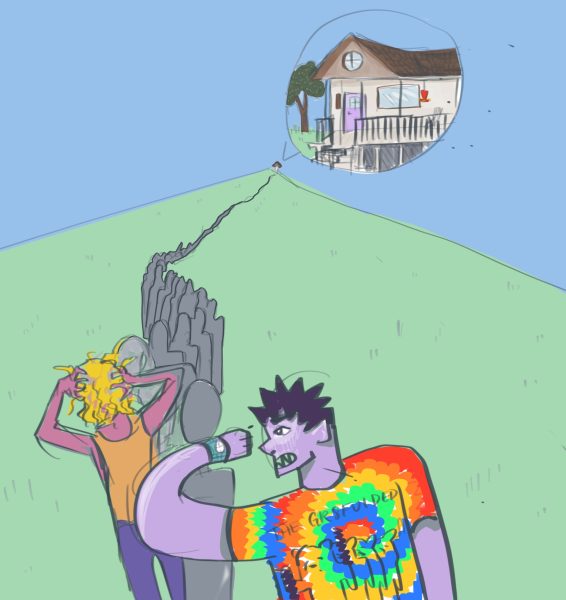Just Stop Oil … Paintings?
The implications of tomato soup and fossil fuels
By now, you’ve probably heard about the incident involving a famous Van Gogh painting and tomato soup. In a divisive move on Oct. 14, two protesters from the activist group Just Stop Oil threw the contents of two cans of tomato soup on Van Gogh’s 1888 painting “Sunflowers” in order to direct attention toward the climate crisis. While these measures certainly drew mass media coverage, not all of it has been the attention the protesters intended when they asked what was worth more: art or life?
This form of protest is not the first to demand the public’s attention in unorthodox ways. Just last May, the “Mona Lisa” (protected by a glass case) was smeared with cake by a man supposedly acting on behalf of climate activism. In June, two different activists from Just Stop Oil glued themselves to a painting in protest of climate inaction. Obviously, these three separate instances promote a trend in extremism as a reliable way to get the public’s attention, but the effectiveness and true value behind such actions remains questionable, especially when they negatively impact the public’s overall perception of climate activists.
Just Stop Oil is a U.K.-based activist group that has a long-standing reputation for pulling stunts like this. Most of their work is done to spread awareness of the climate crisis and to hold the British government accountable for its reliance on fossil fuels. With the U.K.’s recent round of licensing for oil and gas exploration, as well as the energy crisis most of Europe is facing, Just Stop Oil is acting at a very opportune time. While this context helps explain the rash nature of their latest protest, it doesn’t make it any more agreeable. The organization aims to practice nonviolent civil disobedience in order to gain attention, and yet its methods for doing so have proven time and time again that there is a severe disconnect between action and public reception.
Extremism is a surefire method to provoke intense reactions and engagement. However, in cases where something of public value, like art, is defaced, reactions aren’t going to be entirely supportive no matter how noble the cause is. Even supporters of climate action, like myself, are hesitant to agree with this course of action because of how polarizing it’s meant to be. Most people recognize that there is a problem with society’s fossil fuel use, but very few of them will condone senseless actions like those of Just Stop Oil because they don’t get us anywhere closer to the legislative enterprises that might actually address the problem.
While I don’t agree with it fully, what will force world leaders to listen to us if not extremism? There have been countless opportunities for elected officials and politicians in power to bend their ears and listen to our fears of what the world may become without addressing climate change. Yet, they have not. So what can we do except make noise and hope it’s enough to force a reaction? Extreme direct action may provide an outlet for us to demand change, but we must make sure these protests are done efficiently, drawing connections between what we condemn and why rather than just throwing soup at one of the world’s most famous paintings and hoping that the message comes across loud and clear to a half-listening public.
We know that inaction won’t change anything, but extremism at the hands of climate activists neglects the delicate nature of public opinion. It’s far easier to lose the support of the public than gain the interest of politicians, and so we walk a fine line between staying popular with the public and effective lobbying. When that balance is upset, progress becomes a hard thing to achieve. In order to prevent this, future protests must have substance and connection to support their messaging instead of relying on controversy to catalyze their actions.

My name is Ava Peinhardt (she/her), and I'm the Opinions Editor for the Trinitonian. I'm a senior from Plano, TX majoring in Environmental Studies with...

My name is Michaela Bosco. I am a sophomore double majoring in Art and Communications as well as minoring in New Media. In my free time, I enjoy drawing,...










